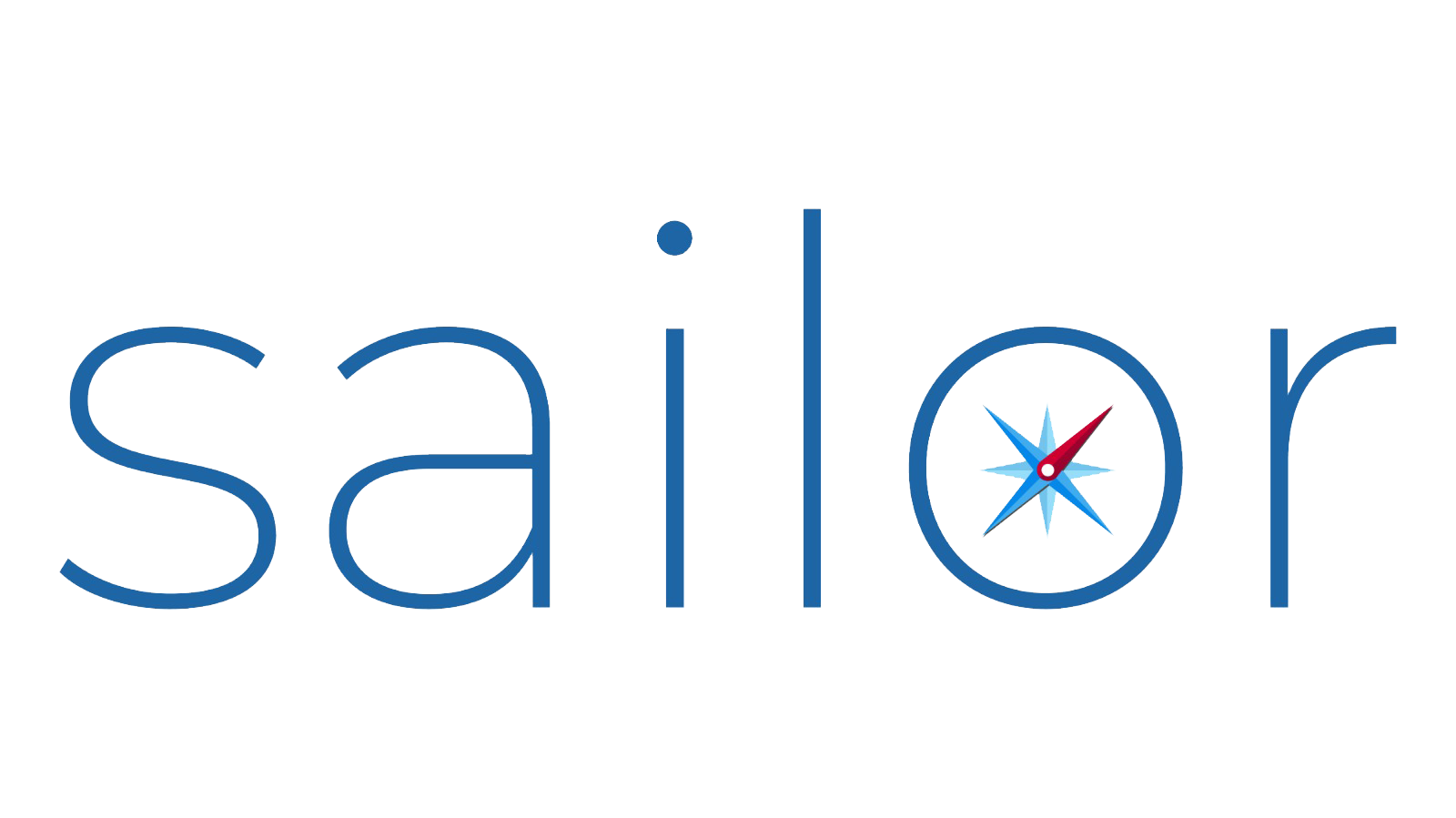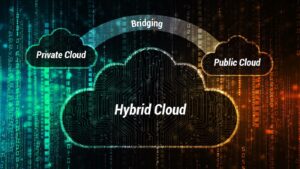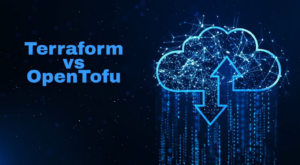In the realm of Infrastructure as Code (IaC), it’s essential to perform a detailed comparison of “OpenTofu vs Terraform” to make well-informed decisions. In this article, we will conduct a thorough analysis of OpenTofu and Terraform, directly comparing their strengths and capabilities.
- Features and functionality
- Community and support
- Maturity and stability
- Ease of use
- Pricing and licensing
1.Features and Functionality
Both “OpenTofu” and “Terraform” offer a rich set of features that make them excellent choices for IaC tasks. These tools support multiple cloud providers, enabling users to seamlessly manage their cloud environments. However, significant distinctions set them apart in the “OpenTofu vs Terraform” debate:
- Configuration Files: OpenTofu distinguishes itself by supporting multiple configuration files, simplifying the organization of complex infrastructure setups. This feature allows users to split configurations across different files, enhancing readability and maintainability. On the other hand, Terraform primarily uses a single configuration file for each project, which can become cumbersome for larger deployments.
- User-Friendly Interface: OpenTofu takes the lead in terms of user-friendliness, employing a simpler and more intuitive language to define infrastructure. This approach makes it accessible even for those without extensive programming experience. In contrast, Terraform, while highly flexible, can be more complex to grasp, especially for beginners who may not be well-versed in declarative languages.
- Integrations: Terraform, with its well-established presence in the IaC landscape, offers a wide range of integrations with third-party tools. These integrations provide extensive options for extending Terraform’s capabilities through plugins and modules. OpenTofu, being relatively newer, is actively developing its ecosystem and integrations but may not offer the same breadth of options at this time.
2.Community and Support
- In the context of community support, Terraform has a significant advantage. The Terraform community is vast, offering a wealth of resources, including forums, chat rooms, documentation, and an abundance of user-contributed modules and guides. This extensive support network ensures that Terraform users can quickly find solutions to their questions and problems.
- OpenTofu, on the other hand, is an emerging tool with a growing community. While it may not yet match the size of Terraform’s community, it is steadily expanding. As more users adopt OpenTofu, the community is expected to flourish further, providing increased support and resources for those exploring “OpenTofu vs Terraform.”
3.Maturity and Stability
- Terraform boasts a proven track record of stability and reliability. With several years of development and real-world usage, Terraform has evolved into a mature tool capable of handling enterprise-grade infrastructure deployments.
- “OpenTofu,” as a fork of Terraform, is relatively newer and may be more susceptible to bugs and instability. However, the “OpenTofu” community is actively addressing these issues, and its stability is expected to improve with time.
4.Ease of Use
In the context of “OpenTofu vs Terraform,” ease of use is a significant consideration. “OpenTofu” shines in this department, offering a more user-friendly interface and employing a simpler language to define infrastructure. This simplicity makes “OpenTofu” accessible, even for those without programming experience. On the other hand, “Terraform” can be more complex to learn and use, especially for individuals not well-versed in programming languages.
5.Pricing and Licensing
- Both “Terraform” and “OpenTofu” are open-source tools, providing free usage. However, differences exist in their licensing:
- “Terraform” is released under the Business Source License (BSL), which, while free to use, imposes certain restrictions on its commercial usage.
- “OpenTofu” is released under the Mozilla Public License (MPL), a more permissive open-source license that offers greater flexibility in usage, making it a preferred choice for organizations valuing open-source options in “OpenTofu vs Terraform.”
Here is a table that summarizes the key differences between OpenTofu and Terraform, helping you understand ‘OpenTofu vs Terraform’ better.
| Feature | OpenTofu | Terraform |
| Maturity | Newer | Mature |
| Community | Smaller, but growing | Large |
| Features | Similar to Terraform, but with some enhancements | Wide range |
| Open source | Yes, under the Mozilla Public License (MPL) | Yes, under the Business Software License (BSL) |
| Ease of use | More user-friendly | More complex |
| Pricing and licensing | Free and open source | Free and open source, but with some restrictions |
Which one should you choose?
The choice between “OpenTofu vs Terraform” ultimately depends on your specific needs and preferences. “Terraform,” with its mature toolset, large community, and extensive features, excels for enterprise-scale projects and complex infrastructure deployments. On the other hand, “OpenTofu,” an open-source, community-driven alternative with a user-friendly interface, is an excellent choice for those prioritizing licensing flexibility and simplicity in infrastructure definition.
As both tools continue to evolve, the decision between “Terraform” and “OpenTofu” aligns with your unique project requirements and your preferred approach to Infrastructure as Code in the context of “OpenTofu vs Terraform.”
If you are looking for an easy way to manage and automate your cloud infrastructure, Sailor Cloud is a good option to consider. To learn more about Sailor Cloud, please visit the Sailor Cloud website: https://www.sailorcloud.io/
automate your cloud infrastructure, Sailor Cloud is a good option to consider. To learn more about Sailor Cloud, please visit the Sailor Cloud website: https://www.sailorcloud.io/
To learn more about OpenTofu and Terraform, please visit their official blogs:
- OpenTofu blog: https://opentofu.org/blog/
- Terraform blog: https://www.hashicorp.com/blog/category/terraform/







